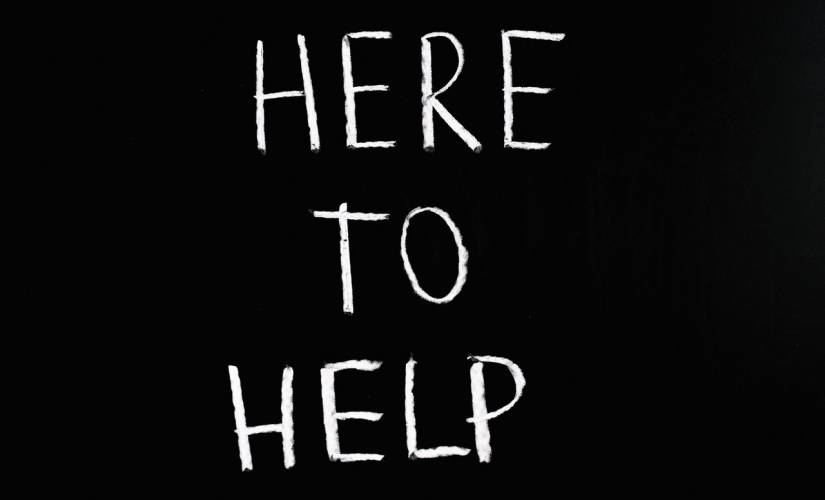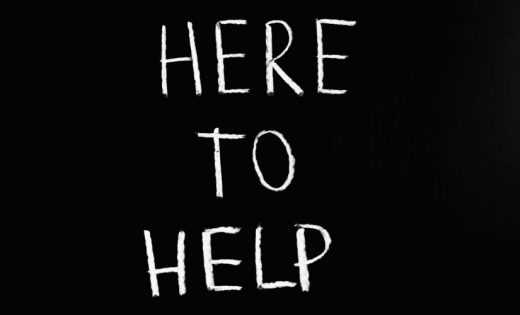How to Write Better Landing Page Copy for Your Startup
How to Write Better Landing Page Copy for Your Startup

Landing pages matter. Depending on how you’ve structured your digital marketing strategy, they might be an important component of your traffic generation and conversion optimization campaign – or they might be the linchpin on which the rest of your strategy is built.
Write Better Landing Page Copy for Your Startup
There are many ways to improve a landing page, from improving its loading speed to simplifying the forms your visitors will need to fill out. But one of the most important strategies is writing the right copy.
How can you write better headlines and sales copy to get your visitors to convert?
Know Your Target Audience
Everything starts with knowing your target audience. If you try to write a landing page for a general audience (i.e., “everybody”), you’re inevitably going to fail. The more generic your writing is, the less relevant it will be to most of your readers.
Instead, it’s better to write for one specific group of people – and understand what makes those people tick. What is their education level? What kind of vocabulary do they use? What are their values and highest priorities? How can you speak to them directly? Use your demographic research throughout all of your copywriting tactics.
Start with the Headline
It shouldn’t surprise you to learn that headlines are some of the most important pieces of copy on your landing page. They’re often what visitors will see first, so they’ll form a first impression. They’re also highly likely to get read; even though visitors have short attention spans that force them to glance over most of your writing, they’ll pay close attention to the headlines.
Your headlines should be short, punchy, and full of specific information. Don’t bog them down with extended descriptions, and don’t confuse your readers by including ambiguities. Instead, be direct and descriptive without writing more than 5-10 words.
Optimize for Attention Spans
Human beings have short attention spans. You can write a novel’s worth of information for your visitors, but if they don’t read it, it’s not going to matter.
Accordingly, all your copy should be written with short, fleeting attention spans in mind.
Consider:
- Include the most important information first. Assume that your readers aren’t going to read everything you’ve written. Under this assumption, it’s important to include your most important information as early as possible in your writing.
- Keep sentences short. It’s also a good idea to keep your sentence short. If they run on too long, your readers could lose interest (or lose the point).
- Keep paragraphs short. Similarly, keep your paragraphs short. There should only be a few sentences in each section.
- Improve formatting. Clearer formatting can make your text more readable. Ensure to break your lines up with bullet points, numbered lists, and bold and italic formats.
- Improve spacing. Keep your sentences and sections spaced out as much as possible. Negative space works in your favor when it comes to reading comprehension.
- Link to further reading. If you want to include more facts and information, link out to other resources for further reading.
Emphasize the Benefits
Many brands have an initial temptation to fill their landing pages with lengthy descriptions of features – the cool things about your products that make them unique.
And this instinct is, in some ways, a good one. It makes sense that you’d want to highlight all the interesting elements that make your product better than your competitors’ products.
However, it’s often more persuasive to list the benefits of the product. Instead of telling people what this product does, tell them how this product will improve their life.
Instead of saying that your vacuum is cordless or more powerful, talk about how it’s more convenient and that it can clean floors in less time.
Speak Directly
While writing copy for your landing page, speak directly to the reader. Use words like “you” and “your” and avoid talking too much in your own voice as “I” or “we.” It makes the narrative much more compelling and draws people in.
Water Down Your Vocabulary
For the most part, you should water down your vocabulary a bit. Unless you’re talking to an audience of seasoned technical experts, nobody wants to read jargon or complicated words.
It’s easier and faster to get your point across with simple terminology – and you’ll likely win over more customers in the process.
Eliminate Passive Voice
You should be writing in an active voice, not a passive one. With active voice, your sentences contain an agent committing some action. With passive voice, the action takes center stage, while the agent is simply a recipient of that action.
For example, active voice is clear in the sentence, “10,000 people need a product like ours.” Passive voice is prominent in the sentence, “Products like ours are needed by 10,000 people.” It’s a subtle change that can make your copy much more persuasive.
Incorporate Psychological Tricks
Be prepared to pull out some psychological tricks in your copy as well. For example, if you imply a degree of scarcity, you’ll incentivize people to see your product as more valuable.
You can describe it as a “limited run” or imply that you’re going to stop making the product at a certain point in the future. You can also incentivize more conversions by implying a degree of urgency, like with a discount that expires in the near future.
End With a Strong Case
Just as it’s important to start with a strong headline, it’s important to end your landing page with a strong case. Some visitors will skip the middle section, looking at the top and bottom for the high points – so this is important for full readers and skimmers alike!
Provide visitors with a concise review of the top benefits of this product or give them a bottom-line benefit (like saving a specific amount of time or money). If you’re sufficiently persuasive, it should capture a significant share of visitors and get them to convert.
Review Everything
Take the time to review your copy thoroughly – and have multiple other people review your work as well. If a visitor catches even a single spelling error or grammatical mistake, they may walk away with a negative impression of your brand.
After all, if you let such a glaring error slip in your landing page, you’re probably committing errors in production and distribution as well. Don’t let silly, small mistakes bog down your message.
Experiment
Many pieces of advice in this article are broad fundamentals, which can help improve almost any kind of landing page copy. However, landing page copywriting is as much art as it is science – and it’s not always clear what types of statements or headlines will work best.
If you want to get the best possible results for your landing page, you’ll need to experiment with a multitude of variations. Test out multiple versions of your best headlines and stick with what works best.
Don’t Rely on Copy Alone
Finally, don’t rely on the copy alone. That may seem like strange advice in the middle of an article that’s all about writing better copy for landing pages, but it’s true. Effective headlines and lists of benefits can help persuade even a reluctant audience to buy your products or sign up for more information.
Still, to seal the deal, you’ll need to include photos, videos, and easily workable forms, menus, and buttons. Keep working on your landing page after your initial rounds of writing are complete.
With better headlines, neat lists, and a rotating selection of body copy, your landing pages will be much more effective. Just make sure you measure as many variables as possible, including the average time spent on-page and, of course, conversion rates.
Only with the data will you be able to definitively prove your strategies’ effectiveness – and guide future positive changes.
Image Credit: anna tarazevich; pexels; thank you!
The post How to Write Better Landing Page Copy for Your Startup appeared first on ReadWrite.
(35)


